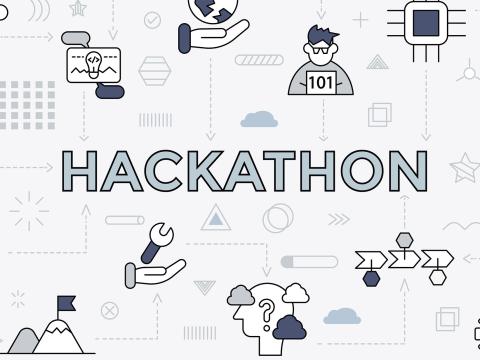Disruptive By Design: It’s All About Relationships
Whether professional or personal, relationships are valuable. Years of experience and volumes of literature prove it. So, let’s consider some strategies effective leaders use to build relationships as well as how these strategies impact an organization’s success.
Strategies employed by effective leaders to build relationships include rich, gradual and exchange-based stages embedded with attention, adequate emotion and adjustments according to Holly Weeks’ offerings published in the Harvard Business Review and from leadership gurus Gary Yukl, Jennifer George and Gareth Jones. A paramount strategy observed from an ethical lens is treating the targets of relationships as an end rather than a means to an end. Some leaders emphasize the “golden rule” of treating others as you like to be treated, or the recent trend of employing the so-called platinum rule: treating others as they prefer to be treated.
In later stages of relationship building or maintenance, leaders suggest intentionality in managing emotions in stressful situations. Weeks emphasizes clarity, neutrality and temperance for good communication, all vital aspects in effective relationships. Among teammates, I make an extra effort to maximize exchanges with my colleagues, be aware of attribution bias and cheerlead opportunities to improve if successes are not available to celebrate.
Accomplishing relationship building in global organizations like the U.S. government can include unique challenges, such as geographic constraints, mediums of communication, and individual and national diversity considerations. The last few years have also taught us about pandemics and variants in waves, supply chain struggles, behavioral economics and more. Authors Aimei Yang and Maureen Taylor emphasize the use of the internet for successful global organization relationship building to overcome additional challenges in their article, Relationship-building by Chinese ENGOs’ websites: Education, not activation. We’ve worked wonders with the internet despite shortcomings like human nature—fatigue, connection craving and temptation.
I continue to be amazed by the Defense Health Agency’s top-notch education and training opportunities afforded under our growing umbrella of options. Authors Miriam Muethel and Martin Hoegl have similarly argued for knowledge and information sharing to support building relationships in global organizations. Also, diversity is a valued attribute of team members, and reasonable workplace accommodations help address unique challenges in addition to technological breakthroughs and modifications of communication support. Like others, I’m cheering for the uptick in diversity, equity, inclusion and accessibility emphasis and action for our full workforce and all they contribute.
In addition, one strategy I’ve examined is how to allow for emotion with a neutral center, as the situation requires. When I was working with special operations, lives were on the line, and occasional emotional expressions of priorities were necessary. When I shifted to support a garrison in my next position, the general mantra was, “No one will die if this task waits until tomorrow.” Thus, I did not have reason to leverage or create stress to the same degree I previously did.
In determining situations, clarity is key. Where positive recognition or room for learning exists, Weeks recommends capitalizing on the opportunities to engage the pertinent parties for the benefit of a rapid remedy and to prevent stress from building between exchanges.
In addition, many support the idea of gradual stages of relationship building. Leadership is wherever and whenever the environment permits, rather than restricted by title or assigned role. In this manner, exchanges of relationships shift to meet the desires of teammates and abilities. I have noticed some teammates take the lead in certain tasks while others are intimidated or despise tasks. I have found it helpful to identify their preferences and respond to their feelings and talents—and this has been well received and generated trust and loyalty. Unfortunately, venting can be misconstrued if not done in a safe zone. Common to the relationship-building strategies identified, I consistently communicate with my teammates for one-on-one projects, roles and any lingering matters. At some point each day, usually just before I depart, we have brief wrap-up discussions to avoid formal meetings and cut to the points of what is pending, closed or needs elevation. Communication allows for the exchange of information, knowledge and expansion of human capital to social capital for our organization. For building relationships, communicate and collaborate to a conclusion.





Comments